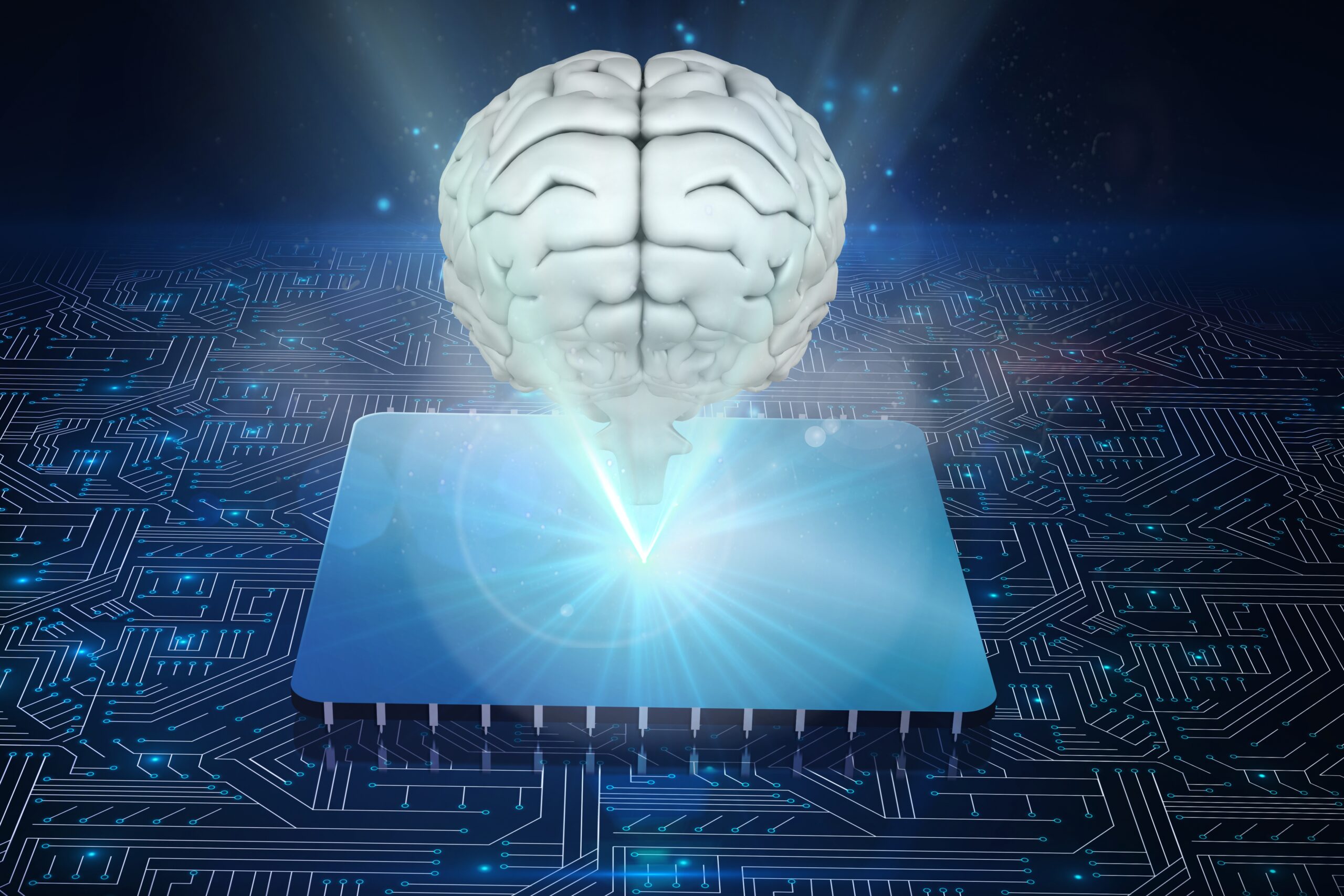Introduction
As artificial intelligence scales in complexity and ambition, conventional computing architectures are reaching their limits. Enter neuromorphic computing, a breakthrough paradigm designed to mimic the brain’s neural architecture. This isn’t science fiction—neuromorphic chips and systems are already reshaping how AI learns, senses, and responds.
What Is Neuromorphic Computing?
Neuromorphic computing refers to designing hardware that simulates the way the human brain processes information. Unlike traditional CPUs or even GPUs, neuromorphic systems operate with:
- Spiking Neural Networks (SNNs), mimicking neuron firing patterns.
- Event-driven computation, processing information only when triggered.
- Asynchronous operation, reducing energy and improving adaptability.
This approach allows machines to process sensory data—like vision, audio, and touch—much more naturally and efficiently.
The Efficiency Revolution
Why is this revolutionary? Because the human brain consumes about 20 watts of power while managing vastly complex tasks. Neuromorphic chips aim to replicate this efficiency. AI models running on neuromorphic systems can perform inference tasks using a fraction of the energy required by conventional methods.
Real-World Implementations
- Intel’s Loihi chip can learn in real-time, adapt to environmental changes, and support edge computing.
- IBM’s TrueNorth mimics one million neurons and 256 million synapses while consuming mere milliwatts of power.
- BrainChip’s Akida is used in health tech and smart home devices for always-on learning.
Why It Matters to Enterprises
For companies like “The Tech Whale”, neuromorphic computing offers:
- AI at the Edge: Deploy intelligent systems that process data locally, with no need for cloud connectivity.
- Low Power AI: Reduce infrastructure costs by slashing power consumption.
- Real-Time Adaptation: Enable smarter products that evolve with user behavior.
Applications Across Industries
- Smart Manufacturing: Machines learn and adapt in real-time to production changes.
- Healthcare Devices: Neuromorphic chips enable continuous patient monitoring with minimal energy usage.
- Autonomous Vehicles: Improve sensor processing and reduce decision-making latency.
Challenges to Overcome
- Programming Complexity: Developing for SNNs requires a new mindset and tools.
- Standardization: Lack of widespread platforms makes development fragmented.
- Integration with Existing Systems: Companies must rethink their AI pipelines to incorporate neuromorphic designs.
Future Potential
The future holds great promise:
- Hybrid Systems: Combining neuromorphic chips with conventional AI accelerators for optimal performance.
- Cognitive Robotics: Robots that perceive, decide, and act like living beings.
- AI Democratization: Affordable, low-power AI for rural, mobile, and underserved environments.
Conclusion Neuromorphic computing could be the most biologically inspired leap AI has taken. As power efficiency, adaptability, and local intelligence become central, neuromorphic systems may hold the key to AI’s future. At The Tech Whale, we’re exploring this frontier to deliver smarter, leaner solutions to our enterprise clients.





